The moment that is perhaps the lowest common denominator for every business is the purchase.
It’s practically the one thing that every business has in common, regardless of size, model, or industry.
The thing that I think differentiates the memorable brands from the ones we forget is everything that comes before and after the purchase.
At the end of the day the purchase, a defining milestone to be sure, is still just a singular moment in the customer’s journey.
The trick is to train yourself to see that exchange in the context of Lifecycle Marketing.
Lifecycle marketing, if you aren’t familiar, is a framework that helps you visualize and plan the customer’s journey. At a super high level, it can be broken down three high level stages.
Keap calls them Attract, Sell, and Wow.
I have them labeled below as Opt-In. Purchase. Wow.
In a perfect world a contact would go straight from signing up to purchasing.
But the truth is it’s rarely that simple, right?
So I like to dig in a little deeper, and break down the journey into more granular stages.
Now, we know where the purchase is – my recommended best practice is to start from there and work out in either direction.
(Check out a video demo of this conversation)
For example, we know that AFTER they buy, they’re going to get the thing they asked for – or, they should. If you buy a course from Monkeypod, within moments you’re going to get an email with instructions for how to access that thing.
I’m not saying that fulfillment needs to happen in the blink of an eye, but it should be a process that you’ve planned, analyzed, and refined.
Now, it’d be great if customers just appeared with their credit card in hand and they were ready to buy, but often times they start by opting in for something free – a lead magnet of some sort.
And once they sign up, obviously we need to give them the thing they asked for – deliver the ebook, or schedule their consultation, etc.
And here’s a step that plenty of people skip – what happens if you deliver that thing and they’re still not ready to sign up?
Too many businesses give up on those folks, or let them accidentally slip between the cracks.
Designing a nurture process is, in my opinion, the single most important thing that businesses can to improve conversion without spending an additional penny.
Now, the next stage we’re going to dig into is part of the post purchase journey – ask yourself “what happens AFTER someone becomes a client?”
I feel like fulfilling on their purchase is the bare minimum – what can you add to this post purchase section that sets your business apart? How can you create an experience that actually wows the customer?
They say that it’s somewhere between six and a billion times easier to sell to someone who has already bought from you, but for some reason marketers seem to have a disproportionate focus on generating new leads – when they could focusing on finding ways to further serve the customers whose trust they’ve already earned.
Yes, this could be a series of upsells, or crosssells – or some strategic product ascension path; but it doesn’t have to be.
It could also be an automated process that recruits satisfied customers to join your partner program, where can become advocates for your brand.
The point here is to have something planned for them.
You don’t want to swipe someone’s credit card and then just let them drift off into cyberspace silence.
Now, the final stage I focus on is actually the first chronologically – traffic.
Yes, traffic is important – there’s no doubt about that.
But the reason I save it for last is because you won’t be maximizing your advertising budget until you have ironed out and optimized the rest of the journey.
Think of it this way – if the goal is to fill your leaky bucket, it doesn’t make sense to turn up the faucet until you’ve plugged the holes.
Here, check it out – I’ll model this conversation using an automated webinar of mine:
If you’re like me then it might feel a little weird to be scripting out all of these things for your customer – like, there are a lot of assumptions in there, right?
When I feel that way I try and remind myself that this isn’t about forcing our prospects to do anything, after all – they’re in the drivers seat.
It’s more about anticipating what they might do, and helping create a path that makes their experience as seamless as possible.
Your customers are going to have a journey either way – so we may as well plan for it.
Lifecycle Marketing is a framework that helps you think through every stage of the customer’s journey.
It gives you the opportunity to plan for what you want each customer to experience at each milestone, and what the transitions from one stage to the next will look like.
Great, so now what?
All this is great, but theory will only take you so far – that’s fair.
So after you’ve mapped out what you want to have happen in each of the stages – then you need to figure the path to turn that plan into reality.
This Action Planning Framework will help with that.
For example – if your Opt-In is a live webinar, that’s fine – but to launch a webinar you need:
A Registration Page (with copy and graphics), Webinar Software/Platform, Content for the Webinar
If you’re going to send traffic to that webinar then you need:
Graphic/Video Assets for Ads, Advertise Platform (Facebook, Twitter, YouTube)
And if the webinar is going to encourage people to Purchase something, then you need:
Sales Page, Merchant Gateway
The conversation on and on – and what you end up with is a recipe for the experience you’ve designed.
Finally. That’s it, right?
Not quite.
In the video above I’ve mapped out the experience surrounding an Automated Webinar I’ve launched, but the truth is that this is just one of a number of journeys I’ve created for my customers.
There are customer journeys all throughout our businesses, and they range from the very simple to the most sophisticated – the trick is to get clear on what that customer journey looks like today, and then use the Lifecycle Marketing framework to identify areas that have been overlooked, or where it could be improved.
Customer Journey Mapping Resources
Here’s a great case study showcasing how we used Keap at every step of the customer journey for the African Leadership University.
If you’d like to see how Keap’s campaign builder can support a Lifecycle Marketing strategy, then check out the LCM: Real Life course – it walks through the high level concepts of Lifecycle Marketing and then shows you how to support them using the automation in the campaign builder (for Keap Pro, Keap Max, or Max Classic – which was formerly Infusionsoft).
And if you want unpack more of the principles of Customer Journey Mapping, here’s a great blog post from my friends over at the Automation Ninjas agency.
Free Lifecycle Marketing Course
If you are interested in learning more about Lifecycle Marketing, and how to use it to create calm, organized, and predictable growth for your business - then spend some time with the free Lifecycle Marketing video series from FUEL.

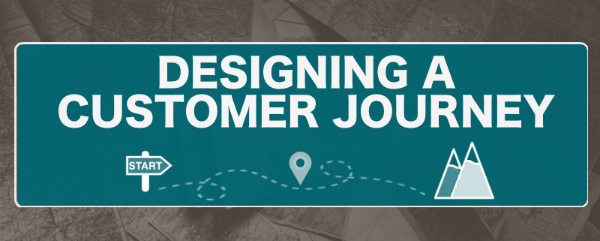
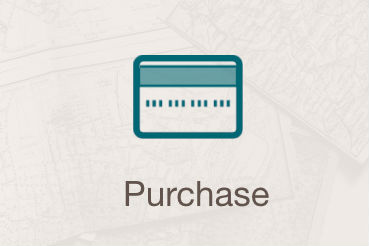

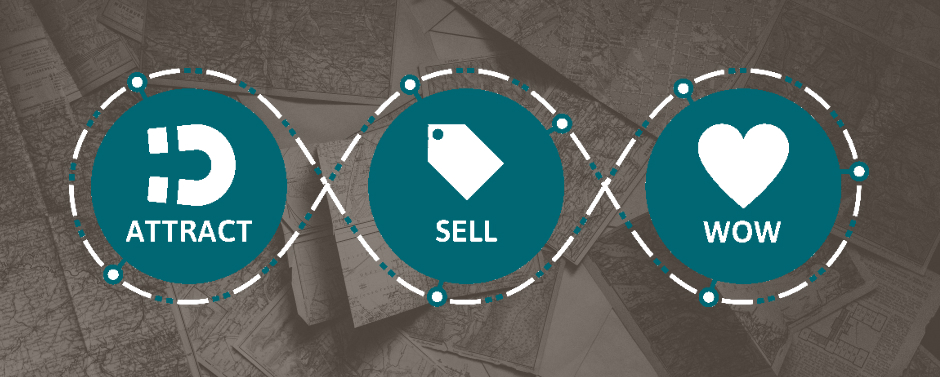









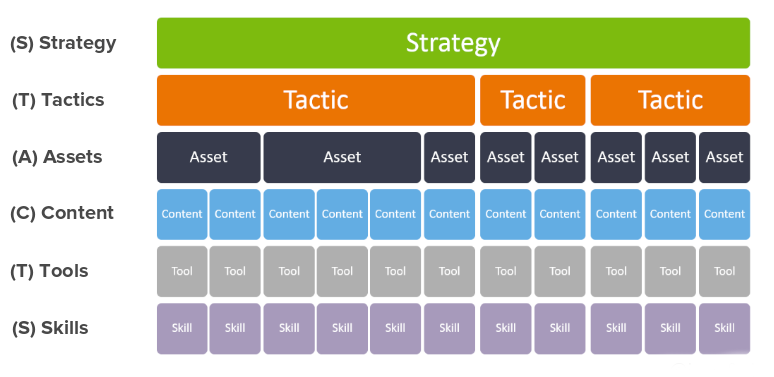


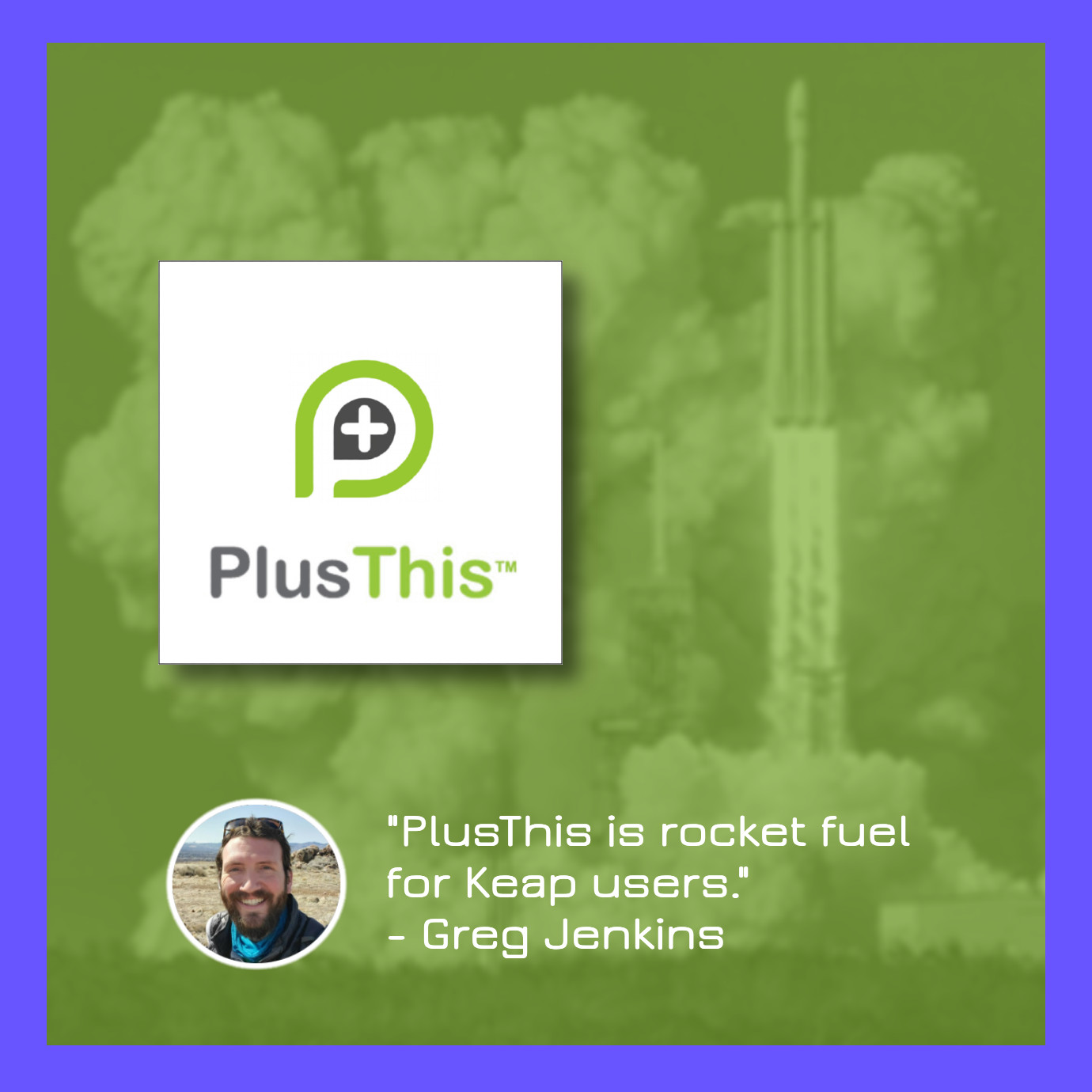


There you go again, Greg…churning out GREAT content! Keep up the good work my man.
Thanks Nick – the bottom line is that EVERYTHING is part of the customer experience; and the sooner you start paving that path, their smoother their journey will be.